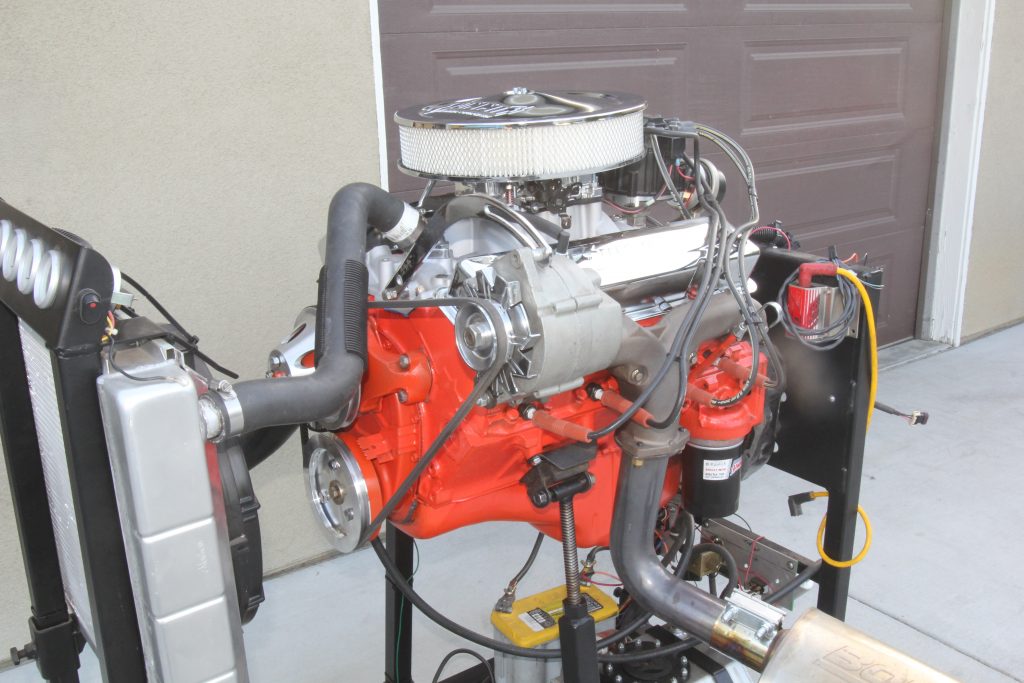Q: I have a small block Chevy engine. Unfortunately, I don’t know what size it is! The bore is 3.87-inch so I assume it is a 283 or a 307. There is a canister type breather in the lifter valley; I understand that means the engine is a 1967 or earlier. I copied down the casting number on the pad in front of the cylinder head and the number on the back of the block. I’ve called parts stores, dealers, and machine shops, but they can’t find either number in their books. One guy told me to measure the stroke of the crankshaft, but I don’t have any way to do this.
I want to make a high performance engine, but I want to know if it is worth the effort to do so. I understand that I must use small combustion chamber cylinder heads (58cc) with a 283 and 64cc with a 307. I would like to get at least 10 to 1 compression.
The parts I plan on using are a solid/mechanical cam in the .480-inch/.500-inch lift range, a single plane intake manifold with a 650 cfm carburetor, large diameter headers and a high stall converter (I already have all the parts except the cam). The engine will be going into an ex-bracket race Nova with a 4.56 rear-end gear; I want at least 500 horsepower and to run in the 10s.

A: Based on what information you’ve given us, we think the engine is a 283. While the 283 is a fine engine, getting 500 horsepower out of it will be very expensive, and the engine will not be easy to live with. We know of a 283, bored .030-inch over to make a 287, that made over 500 horses. It cost the guy who owned it a lot of money, and the engine made its peak power above 9,500 rpm!
If you are really serious about doing this project, we suggest shooting for a more realistic goal of 350 horsepower. The cost is much more reasonable, the rpm range will be around 6,500 rpm — a lot more livable than 9,500.
If anyone offers to build you a 500-horse 283, make sure they at least have a flow bench (to do head and intake work) and an engine dyno so you can verify the engine does make that power you want.
…

I’ve got a 1956 265 that I’d love to bore out to 283 spec, as the same casting number was used in 1957 as a 283, with the engine originating out of a panel van. It would be a fun project, but one that I don’t have the cash for.
I have a 283 out of a 1966 Chevy II Nova, the block was cast in November of 1965, car was built in December of 1965. Most will tell you 283s all had forged cranks, this is incorrect. In 1965, maybe earlier, Chevy started using cast cranks in 283s bound for passenger vehicles, particularly low performance cars. Luckily mine is a cast crank which means the block was cast to clear larger counter weights, hence I have the ability to install a forged 327 crank and 0.030 chevy 307 pistons, deck the block to match piston height, will make it a 311 cubic inch. Adding 96-99 L31 vortec heads will give better flow and keep compression around 9.5, add edelbrock intake, headers, and a long duration low lift cam and I should see close to 400hp, Stock vortec heads on allow about 0.450 lift max and work best with low lift cams, hence the low lift and the long duration cam to allow better flow.